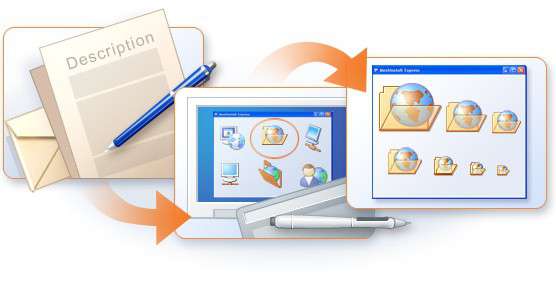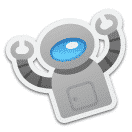
As one of the most versatile programing languages, PHP is ideal for creating exciting websites and interacting with information on the Internet. In fact, PHP (a recursive acronym standing for Hypertext Preprocessor) has a variety of features that have endeared it to web developers. Some of these features are:
- PHP creates a webpage based on input requests.
- It is a mediator between users and databases.
- It helps allow a user to address a database through their browser and get a comprehensible answer back.
- Custom PHP is compatible with nearly any Internet server.
- It is an open source solution, so it is free to use and widely available on the Web.
- PHP has a simple syntax that is similar to C or Java.
- It has led to sub-disciplines like PHP web programming, PHP database programming, PHP object oriented programming and advanced PHP programming.
- There is a strong community of PHP users, so should you have any questions during part of the web development process you are able to get help online.
- PHP is not only free, but it is also secure.




 Web applications for your business, when well designed, will save you time and money. However, for a web application to be well planned, it is critical that the designers understand the needs of the company as well as those of the user. There are many approaches to designing user interfaces for a business or organization web app, so it is important that you first understand some of the basics in web app and user interface (UI) design. First and foremost, you need to decide (or be aware of) what type of UI you will be designing. A UI typically falls into one of these styles (though some may be a combination of the two).
Web applications for your business, when well designed, will save you time and money. However, for a web application to be well planned, it is critical that the designers understand the needs of the company as well as those of the user. There are many approaches to designing user interfaces for a business or organization web app, so it is important that you first understand some of the basics in web app and user interface (UI) design. First and foremost, you need to decide (or be aware of) what type of UI you will be designing. A UI typically falls into one of these styles (though some may be a combination of the two).
 With the commonality of smartphones, people everywhere are finding that more and more, they depend on their phone to help them get things done and the term “app” has become a household word. Consequently,
With the commonality of smartphones, people everywhere are finding that more and more, they depend on their phone to help them get things done and the term “app” has become a household word. Consequently,